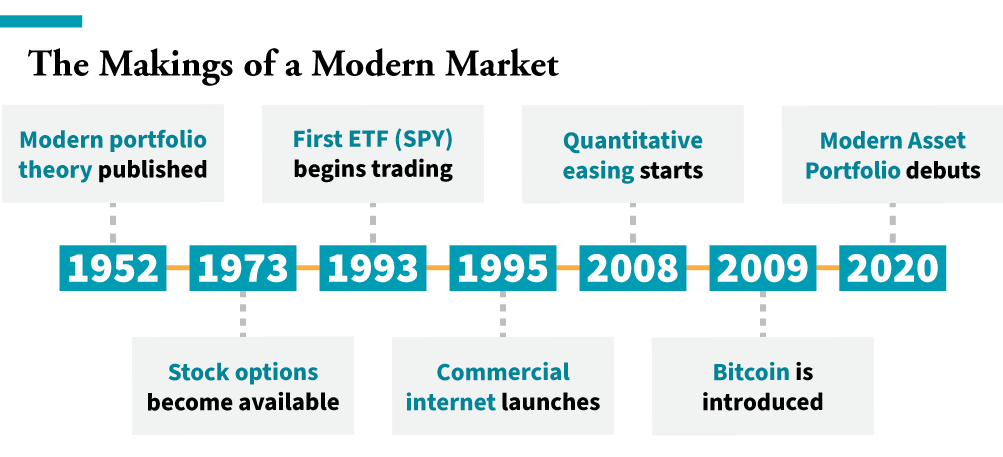![Thumbnail [100%x225]](https://s3.amazonaws.com/assets.manwardpress.com/headshots/andy-circle.png)
Founder of Manward Press
Andy Snyder is the founder of Manward Press, the nation’s premier source of unfiltered, unorthodox views on money and what it means for a free society. An American author, investor and serial entrepreneur, Andy cut his teeth at an esteemed financial firm with nearly $100 billion in assets under management. In the years that followed he became sought after for his outspoken market commentary.
In a 2006 interview, he famously told investors they could do better than Google, recommending a little-known competitor. That tiny stock went on to quadruple Google’s performance. Four years later, he urged investors to pile into the healthcare stocks ahead of Obamacare. The resulting return on UnitedHealth Group was a whopping 787%. And at the height of the COVID-19 chaos of 2020, he gave his subscribers one chance after another to expand their wealth by triple digits… including an opportunity to triple their money in just 48 hours.
Andy and his ideas have been featured on Fox News, on countless radio stations, and in numerous print and online outlets. He’s been a keynote speaker and panelist at events all over the world, from four-star ballrooms to Senate hearing rooms, and rubbed shoulders with lawmakers, lobbyists and Washington insiders. He’s had lunch with John McCain… fished with America’s largest landowner… and even appeared on the Christmas card of one of Hollywood’s top producers.
Today, Andy’s dissident thoughts on life, liberty and investing can be found exclusively in his popular daily newsletter, Manward Financial Digest, as well as in the pages of Manward Letter. He also helms the award-winning investment advisory services Alpha Money Flow and Codebreaker Profits. Andy resides on 35 bucolic acres in rural Pennsylvania with his wife, children and a steadily growing flock of sheep.

![Thumbnail [100%x225]](https://manwardpress.com/wp-content/uploads/2021/03/joel-circle.png)